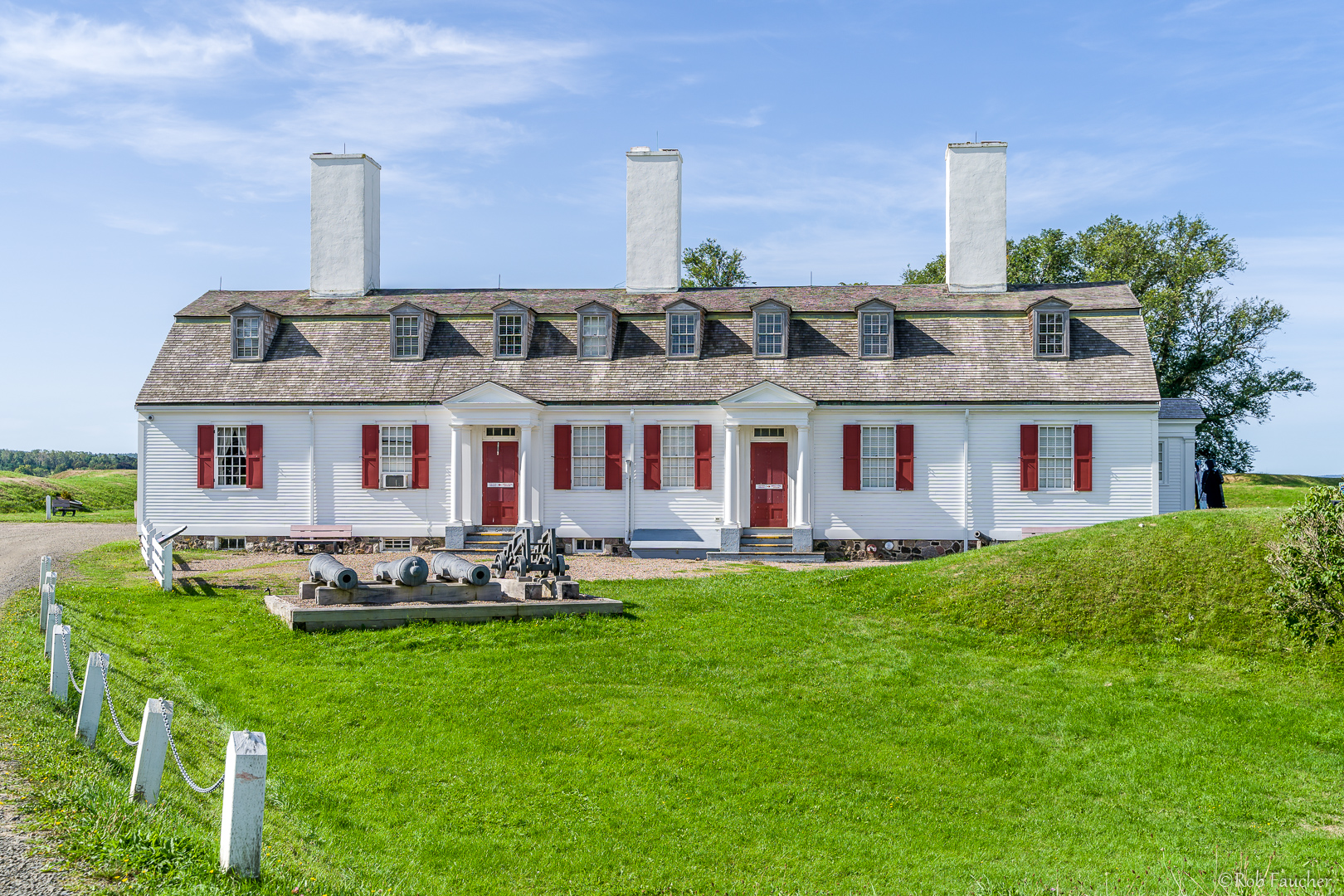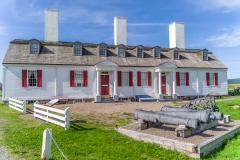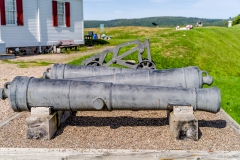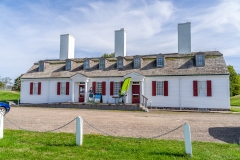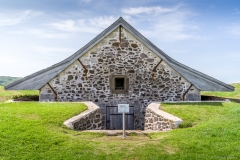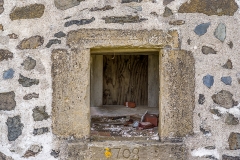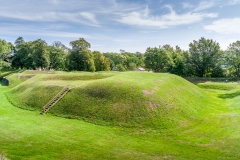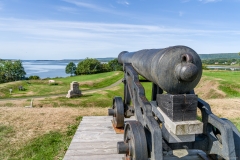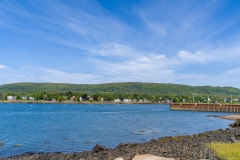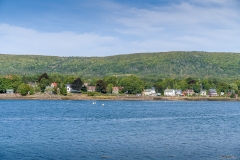Some photos from Fort Anne National Historic Site in Annapolis Royal, Nova Scotia. Taken on my recent motorcycle trip through NS and NB. The following information is from the the fort’s website and wikipedia.
Fort Anne is a four-star fort built to protect the harbour of Annapolis Royal, Nova Scotia. The fort repelled all French attacks during the early stages of King George’s War (1744–1748).
The site was the location of Charles Fort, settled in 1629-32 by settlers led by Sir William Alexander as part of his plan for a New Scotland. Charles de Menou D’Aulnay brought Acadian settlers to the area in 1636, making the site his Port-Royal headquarters. Acadians began their distinctive dykeland agriculture here. The French governed Acadie from successive forts on the site until 1710. From 1713 to 1749, the British governed Nova Scotia from the fort, re-named Annapolis Royal. The Deportation of the Acadians from Annapolis Royal, and the settlement of New England Planters and of Loyalists were all organized from the site during the 18th century.
During Queen Anne’s War, the fort fell to British and New England troops after a week-long siege in 1710 which marked the British conquest of Acadia. A British governor and garrison replaced the French at the fort renaming the Port Royal settlement Annapolis Royal after Queen Anne. With the Treaty of Utrecht three years later, the British gained full control of mainland Nova Scotia and kept Annapolis Royal as the capital until the founding of Halifax in 1749. The 40th Regiment of Foot was raised at Fort Anne in 1717.
During Father Rale’s War, the worst moment of the war for the capital came in early July 1724 when a group of sixty Mikmaq and Maliseets raided Annapolis Royal. They killed and scalped a sergeant and a private, wounded four more soldiers, and terrorized the village. They also burned houses and took prisoners. The British responded on July 8 by executing one of the Mi’kmaq hostages on the same spot the sergeant was killed. They also burned three Acadian houses in retaliation. As a result of the raid, three blockhouses were built to protect the town. The Acadian church was moved closer to the fort so that it could be more easily monitored.
During King George’s War, the French launched three expeditions against the capital to regain the fort with no success, the most famous being the Duc d’Anville Expedition.
As the capital and military centre of Acadie/Nova Scotia, the site played an important role for local inhabitants. The Mi’kmaq came to the site to trade, to take part in gift exchanges and to sign treaties. During the “Indian Wars” of the 1720s, they were imprisoned here.
Port-Royal and its successive forts were a focal point in the imperial struggle for control of North America. With each outbreak of war between England and France, New England launched expeditions against Port-Royal, capturing it in 1654, 1690 and, for the final time, in 1710. During the War of the Austrian Succession (1744-8), Quebec and Louisbourg sent unsuccessful expeditions to retake the fort.
During the French and Indian War, the British engaged in the Bay of Fundy Campaign (1755) and deported the Acadians living in the area. With the fall of Quebec in 1759, the fort no longer held the same military importance.
It was however still used as an outpost during the American Revolution, where the 84th Regiment of Foot (Royal Highland Emigrants) was stationed, and the War of 1812 in defence of the town from American privateers.
The fort acquired the name Fort Anne in the 19th century.
#fortanne #annapolisroyal #novascotia
